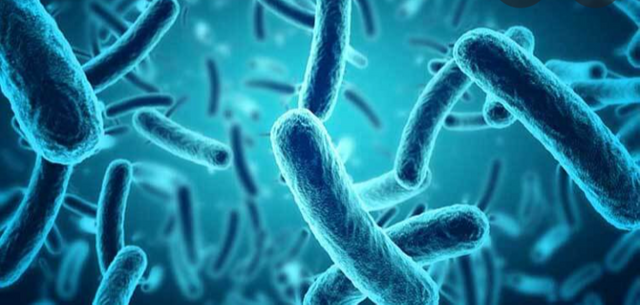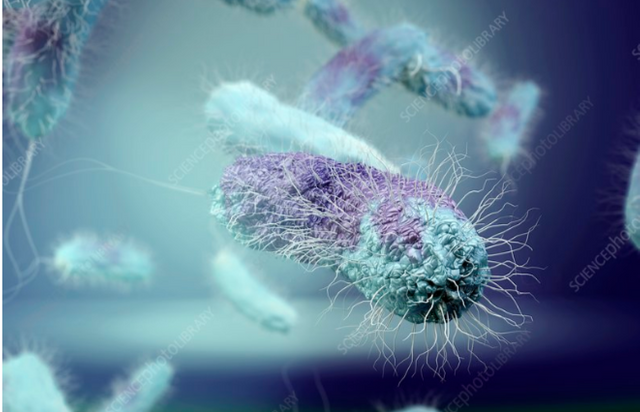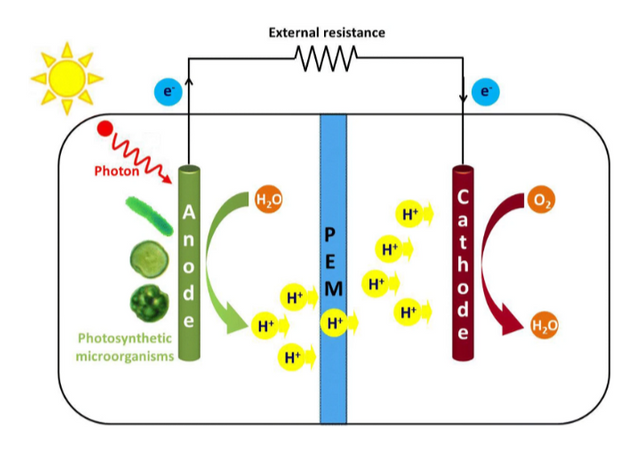Hello community, I'm new to this website but I want to talk about something that I'm passionate about.

We all know to well that the energy we use daily comes from finite sources such as gas, oil, propane, and excetra. All these types of natural fuels not only won't last forever but as you can see around you have affected the earth in a negative way with green house gases. We as a species have been detrimentally trying to find new, more sustainable, healthier for the environment types of fuels. And for the most part we've done a good job, we came up with solar power, hydropower, and even wind turbines to help power or communities. The only downside is, these types of power cost highly to get setup and to run due to less funding put into them by major companies. So what solution can be made but also isn't costly or hurtful to the environment? Using micro- organisms as a fuel.
Over almost more than 100 year ago a man named Barnett Cohen had discovered a way to create a viable type of energy by creating a fuel cell using micro-organisms and materials as a anode and cathode to create an electrical current. His findings were amazing, but did not take any significance in the scientific field due to its unreletivity and dare I say urgency in that era for a different type of energy source. Although here recently in the past 30 years or so due to climate change, it has been reopened and restudied to see what may be possible with this new way of making energy.
One or the first things they researched about micro-organisms is how do they exactly creat energy. Well first of all when it comes to these organisms there are many species that go through different process. One of the very first, that we even use now today in some larger companies is called methagenisis. The process of which the organism breaks down water, a source of carbon, and air using electrical charge to create methane as a product along with other unimportant products. This process is really easy and a cheaper way for gas companies to produce methane to sell to consumers. Not all companies have jumped on board with it but a select few have.
But it still begs the question about energy production. Granted, methane is a cleaner source you could possibly use in another process to create energy but it isn't direct. That's where later on the researchers discovered species of bacteria such a the Geobactor, and Shewanella that when they eat the go through a process known as electron transfer. Where they send electrons through there skin along appendages as a waste. Which opened up so many possibilities.

After this discovery they began testing what types of "food" they could eat. From bugs, to dirt, to a few being able to eat away even at coal it became apparent that not only could they produce electricity, they could be produced at low cost.

Doing multiple tests in bot anaerobic and aerobic conditions they discovered that although it is possible to produce small amounts of energy without a source of oxygen it more beneficial to do tests with oxygen because it yields energy productions much more reliable and sustainable. Next they had to discover what type of electron membrane they could use because as most modern fuel cells. They use a middle ground that catches any rogue electrons and helps reintroduce them into the system, which can yeild better results. But in this case it was the exact opposite. No matter the material they used in the membrane they found that it was toxic towards the micro- organisms and could negatively effect amount of energy produce but shut down the whole system. So they stuck with what they new. All was needed was a fuel source, anode and cathode, and wires to collect energy. Which again made it cheaper to produce
Im ending my paper here, if you guys wish to hear more please let me know. I'd love to make a part 2 on this subject because not only do I have lots of research I worked with a team to do my own research and found some very interesting result. Thank you guys so much!